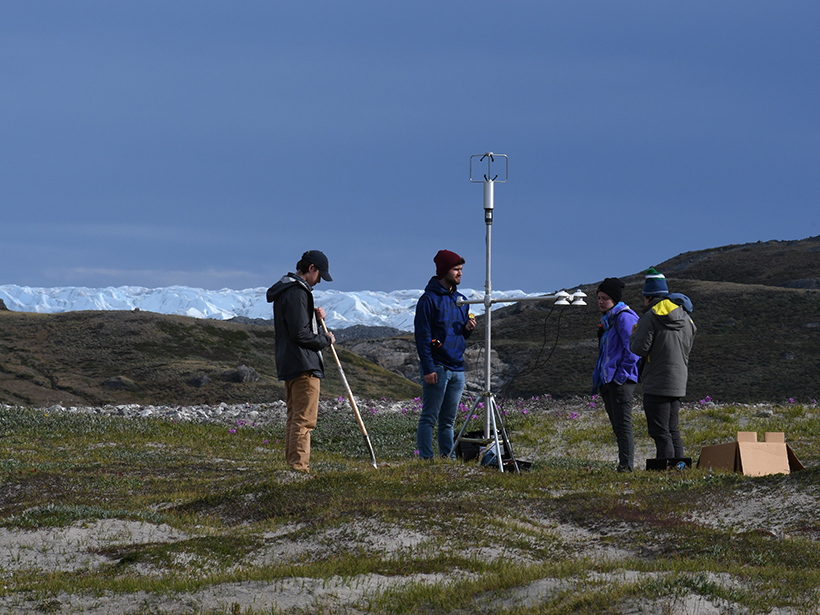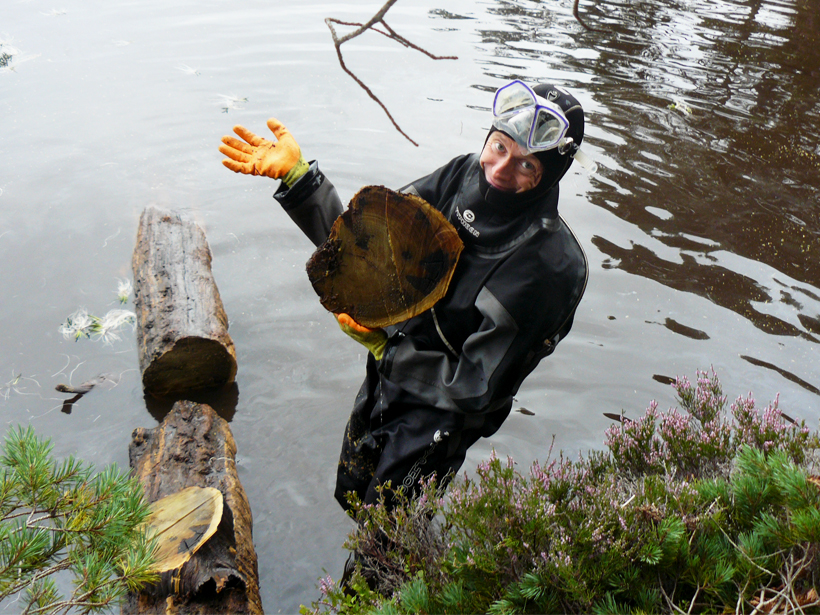Fire experiments on peatlands in Southeast Asia have identified previously unknown emissions patterns and could point to ways to detect these smoldering fires before they become too big to fight.
CC BY-NC-ND 2020
Oceanic Mixing Influences Development of ENSO Cycle
Changes in oceanic turbulence act to regulate the sea surface temperature during the evolution of the El Niño Southern Oscillation cycle.
Antarctic Ice Cores Might Be Older Than Dirt
Using cosmogenic nuclide dating, scientists determined a 10-meter core just below the surface to be over a million years old.
Dust in the Atmosphere May Have Fertilized the Ancient Ocean
New research investigates dust’s role in primary production during the Carboniferous and Permian periods.
Emerging Controversy in Madden-Julian Oscillation Prediction
The Quasi-Biennial Oscillation modulates the Madden-Julian Oscillation in observations, but it does not significantly influence prediction skills in a multi-model assessment.
Seeing the Greenland Ice Sheet Through Students’ Eyes
A team of students and faculty advisers revisited the site of pioneering geosciences expeditions from the 1920s, looking to introduce young researchers to polar science.
How the Cold Climate Shaped Scotland’s Political Climate
Tree rings reveal how severe cold and political isolation brought disaster to Scotland, inspired a colonization effort in Panama, and helped drive union with England.
Editorial Handover at Tectonics
The outgoing and incoming Editors in Chief of Tectonics reflect on recent years of growth and expansion in the journal while they ponder and plan for the challenges ahead.
Remotely Monitoring Groundwater Using Standard Techniques
Novel use of standard, single-station seismological techniques can be used to remotely monitor aquifer systems.
Poor Water Management Implicated in Failure of Ancient Khmer Capital
Researchers used remote sensing technologies to map Koh Ker’s buried reservoir and calculate its capacity to hold water during the rainy season.

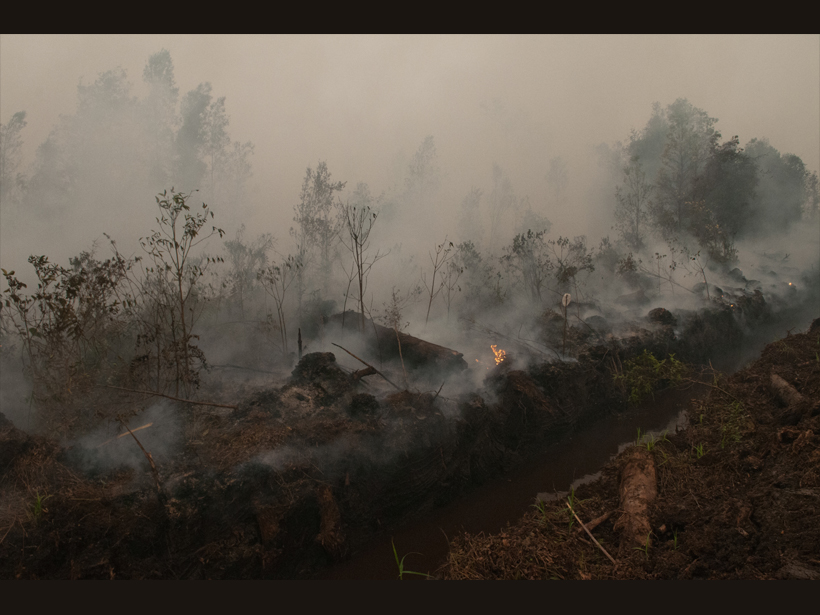
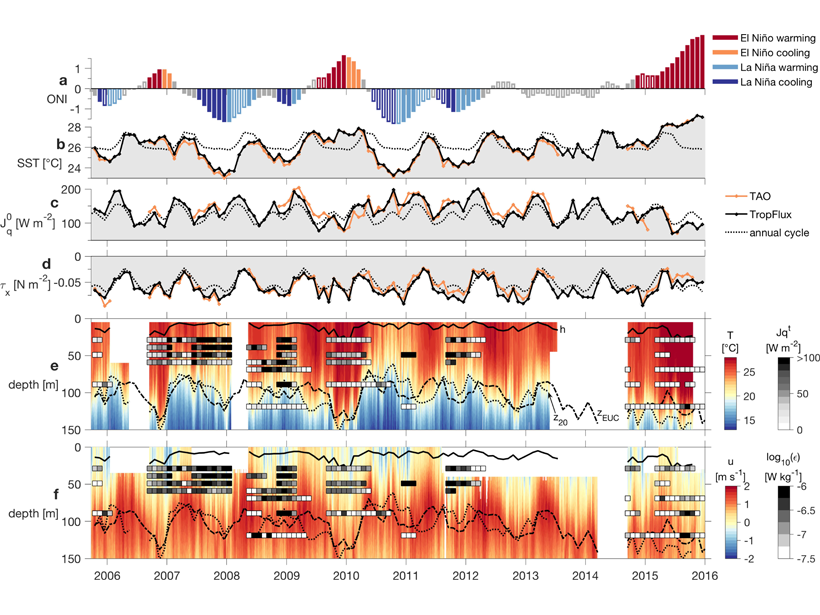
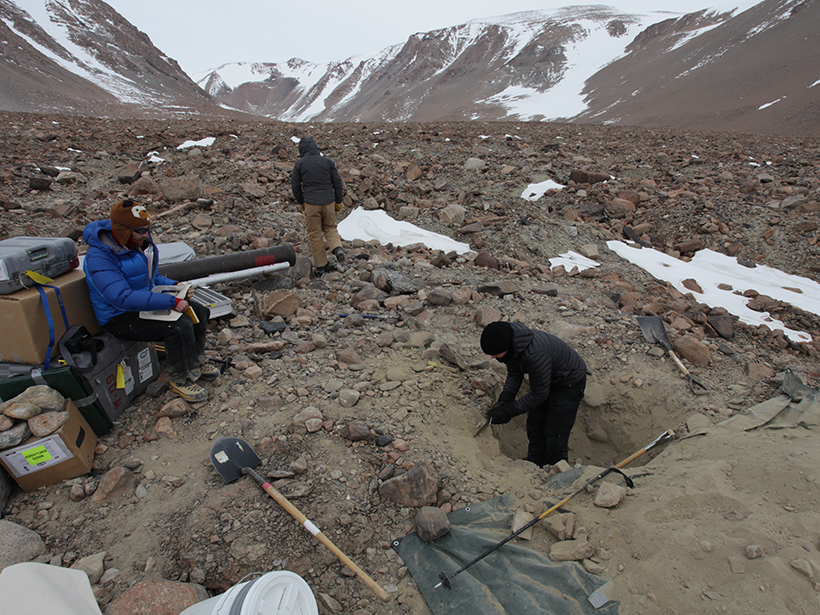
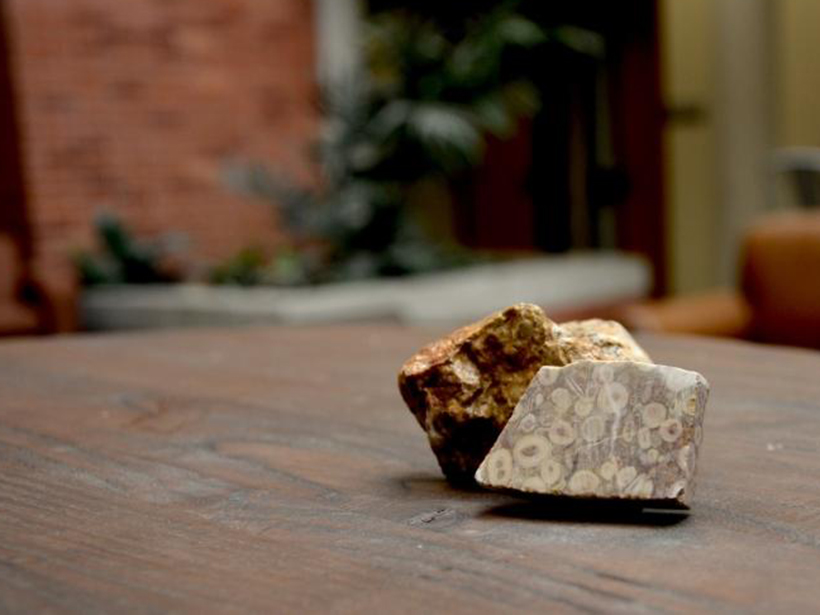
![Charts relating to the results presented in Kim et al. [2019]](https://eos.org/wp-content/uploads/2020/01/2019JD031416_Figure-4-sized-for-Eos.png)
